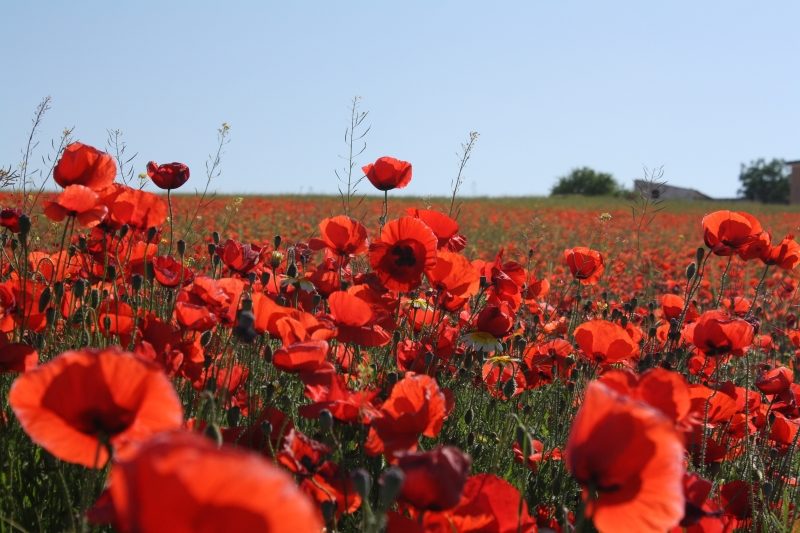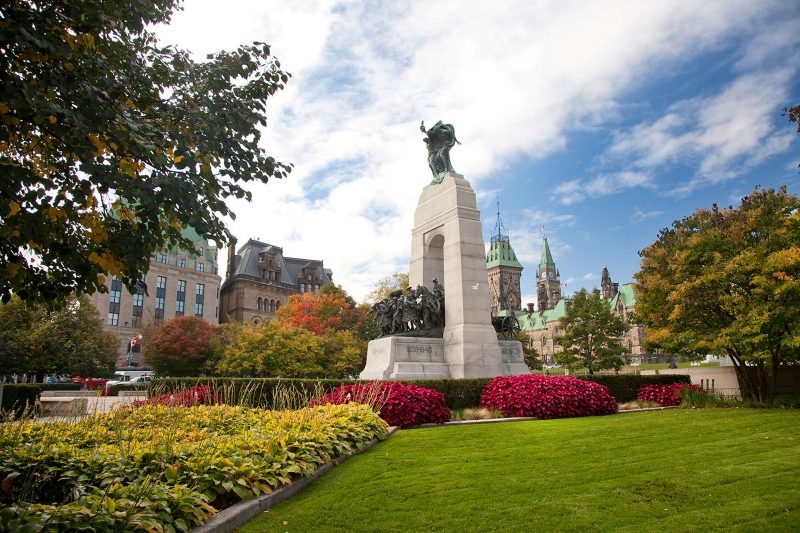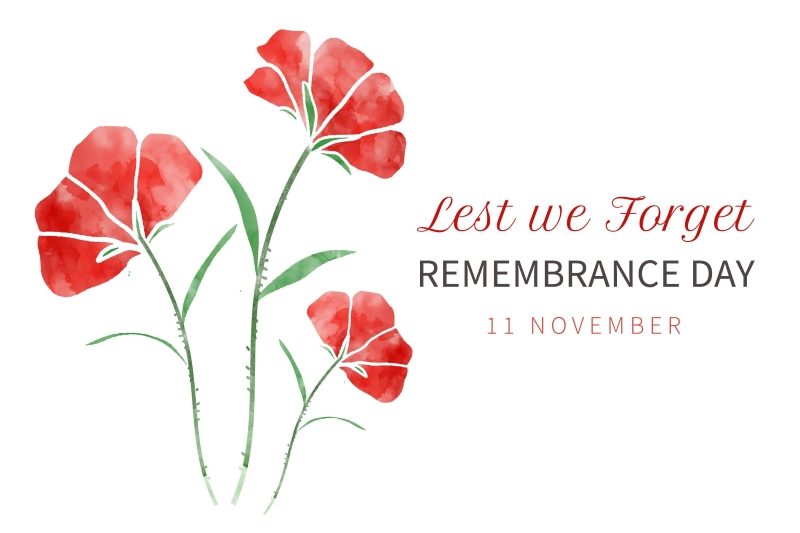Each year on November 11, Canadians pause to observe Remembrance Day – a solemn tribute to the brave individuals who sacrificed so much in the name of peace and freedom. It’s a time for reflection and gratitude, honouring the men and women who valiantly served Canada in conflicts around the world, as well as those who continue to protect our way of life today.
The History and Significance of Remembrance Day
The origins of Remembrance Day trace back to the end of World War I. On November 11, 1918, the Allied forces and Germany signed the Armistice, marking the end of one of the deadliest conflicts in human history. Originally known as Armistice Day, the day evolved to honour all who served in wartime, and it took on new significance after World War II, Korea, and subsequent peacekeeping missions.
For Canada, Remembrance Day has become a national symbol of respect for the more than 100,000 Canadians who gave their lives in conflicts across the world. This day also serves as a reminder of Canada’s role in global peace and security – a legacy that Canadians continue to uphold through ongoing military service and peacekeeping missions.
The Symbolism of the Poppy

The poppy, with its vivid red color, has become synonymous with Remembrance Day, symbolizing both the bloodshed of war and the renewal of peace. Inspired by the poem In Flanders Fields, written by Canadian physician and soldier John McCrae, the poppy holds special significance for Canadians. By wearing this symbol, Canadians honour the fallen and support veterans and their families through the Royal Canadian Legion’s fundraising efforts.
Honouring Remembrance Day Today

At 11 a.m. on November 11, Canadians traditionally pause for two minutes of silence, reflecting on the courage and sacrifice of those who served and those who continue to serve. This silence is observed in schools, workplaces, and ceremonies across the country, providing a moment of unity and remembrance.
The National War Memorial in Ottawa serves as the focal point for Canada’s official Remembrance Day ceremonies, attended by thousands each year, including veterans, military personnel, and officials. Local ceremonies in towns and cities across Canada provide opportunities for people to gather, lay wreaths, and express their gratitude in a personal way.
How Canadians are Keeping the Memory Alive
In addition to the traditional ceremonies, Canadians have embraced modern ways to honour Remembrance Day. Many ceremonies are now available online, making it easier for people to participate from anywhere in the country. Schools also play a vital role, helping younger generations understand the sacrifices made by past generations. Students often participate in activities such as creating poppy crafts, writing letters to veterans, and attending school-wide assemblies that highlight the significance of the day.
Another powerful initiative is “Project Heroes”, a campaign where individuals share stories of Canadian veterans, giving voices to those who served and ensuring that their legacies live on in Canadian memory.
Supporting Veterans Beyond Remembrance Day
While Remembrance Day is a time for reflection, Canadians are encouraged to extend their gratitude throughout the year. Organizations like the Royal Canadian Legion and the Veterans Transition Network work tirelessly to support veterans’ mental health, employment, and reintegration into civilian life. Canadians can support these organizations through donations or volunteer work, ensuring that the dedication of veterans is honoured beyond November 11.
A Day to Remember, Reflect, and Renew
“Those who cannot remember the past are condemned to repeat it.” – George Santayana

Remembrance Day in Canada is not only a day to honour the past, but also a reminder of our shared responsibility to foster peace and understanding. With numerous ongoing global tensions and active conflicts, the world still has a long road towards finally achieving peace. As Canadians pin on their poppies and pause in remembrance, they uphold a legacy that binds generations together. It’s a tradition steeped in respect, reflection, and a deep commitment to remembering the sacrifices that allow all current Canadians to live in relative peace today.
ABM College respectfully acknowledges and honors the sacrifices made by Canadian veterans and active military members who have dedicated themselves to protecting our freedom and security. “Lest we forget…”
Read more trending blogs.
About The Author

Content Editor
Stephen Emond is a published author and a content editor. He has broad experience in content development, copy editing, journalism, marketing, and information technology spanning a variety of industries. He has published a series of best selling historical reference guides covering decades of computer and video gaming history. Stephen is currently working as a Content Editor and Writer at ABM College.
